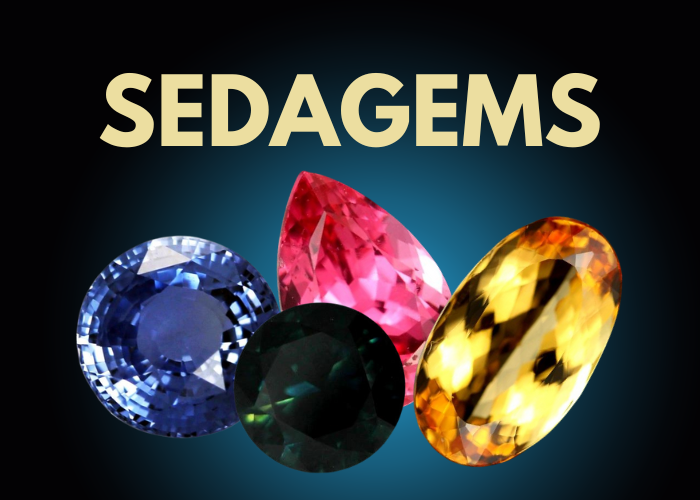91.00 CTS LIBYAN GLASS SPECIMEN-NATURAL
- UGS
- F9401
- Dimensions (mm)
- 33 x 30 x 20mm
- Poids (cts)
- 91
- Type
- Rough
- Couleurs
-
LIBYAN DESERT GLASS
This is a natural untreated specimen of Libyan desert glass in its natural form as found in the desert .I bought this on my last trip to morocco from a desert nomad as he called him self-some great formations in the specimen
Between the towering dunes of the Eastern Great Sand Sea of Egypt are long narrow gaps where bedrock is exposed. It is in these areas of exposed surface that a wondrous natural glass is found. Libyan Desert Glass is the remaining evidence of a tremendous asteroid or comet impact with Earth. Probably an air burst explosion caused the released sufficient heat to melt and fuse to glass the surface of the ground. Libyan Desert Glass is generally yellow in color. It can be very clear or it can be a milky, even bubbly light yellow. Some fragments have dark bands and swirls of brownish material. It is in these dark areas that some of the melted cosmic body is believed by some to be preserved. Libyan Desert Glass was used in ancient times as a gem stone for the Pharaohs and remains a highly prized impact glass for collectors today.it is said cleopatra like to wear this stone in her jewelery.
The origin of the glass is a controversial issue for the scientific community, with many evolving theories. Meteoritic origins for the glass were long suspected, and recent research linked the glass to impact mechanics, such as vaporized quartz and meteoritic metals, and to an impact crater. Some geologists associate the glass not with impact melt ejecta, but with radiative melting from meteoric large aerial bursts. If that were the case, the glass would be analogous to trinitite, which is created from sand exposed to the thermal radiation of a nuclear explosion. The Libyan desert glass has been dated as having formed about 26 million years ago. It was knapped and used as a tool during the Pleistocene Era.
| Fournisseur d'expédition | Expédition vers Australie | Expédition dans le reste du monde | Expédition combinée ( Australie ) | Expédition combinée (reste du monde) |
|---|---|---|---|---|
| FedEx |
|
|
|
|
| Registered Shipping |
|
|
|
|
- UGS
- F9401
- Dimensions (mm)
- 33 x 30 x 20 mm
- Poids (cts)
- 91
- Type
- Rough
- Couleurs
-
LIBYAN DESERT GLASS
This is a natural untreated specimen of Libyan desert glass in its natural form as found in the desert .I bought this on my last trip to morocco from a desert nomad as he called him self-some great formations in the specimen
Between the towering dunes of the Eastern Great Sand Sea of Egypt are long narrow gaps where bedrock is exposed. It is in these areas of exposed surface that a wondrous natural glass is found. Libyan Desert Glass is the remaining evidence of a tremendous asteroid or comet impact with Earth. Probably an air burst explosion caused the released sufficient heat to melt and fuse to glass the surface of the ground. Libyan Desert Glass is generally yellow in color. It can be very clear or it can be a milky, even bubbly light yellow. Some fragments have dark bands and swirls of brownish material. It is in these dark areas that some of the melted cosmic body is believed by some to be preserved. Libyan Desert Glass was used in ancient times as a gem stone for the Pharaohs and remains a highly prized impact glass for collectors today.it is said cleopatra like to wear this stone in her jewelery.
The origin of the glass is a controversial issue for the scientific community, with many evolving theories. Meteoritic origins for the glass were long suspected, and recent research linked the glass to impact mechanics, such as vaporized quartz and meteoritic metals, and to an impact crater. Some geologists associate the glass not with impact melt ejecta, but with radiative melting from meteoric large aerial bursts. If that were the case, the glass would be analogous to trinitite, which is created from sand exposed to the thermal radiation of a nuclear explosion. The Libyan desert glass has been dated as having formed about 26 million years ago. It was knapped and used as a tool during the Pleistocene Era.
| Fournisseur d'expédition | Expédition vers Australie | Expédition dans le reste du monde | Expédition combinée ( Australie ) | Expédition combinée (reste du monde) |
|---|---|---|---|---|
| FedEx |
|
|
|
|
| Registered Shipping |
|
|
|
|

Hi Welcome to the Sedagems store, Run by Paul Sedawie and specializing in Australian sapphires and g....
-
 Positif
PositifEverything was Awesome! Thank you so much for everything! It's always an absolute pleasure buying from you, and will be doing it again soon. Take care and all the best for the new year!
-
 Positif
PositifThe Pendant is fantastic!
-
 Positif
PositifAbsolutely smashing books, the opals are magnificent! Thank you so much for everything, will be buying from you again soon. Thank you, again!
-
 Positif
PositifThe Pendant is breathtaking! Thanks!
-
 Positif
PositifThe Pendant is stunning!










